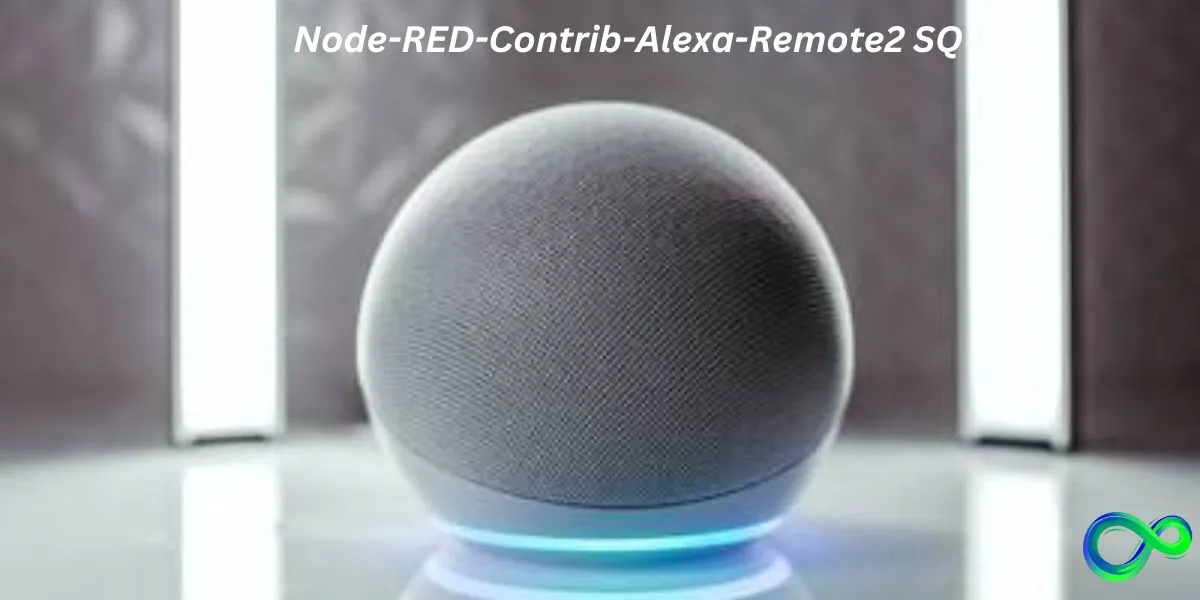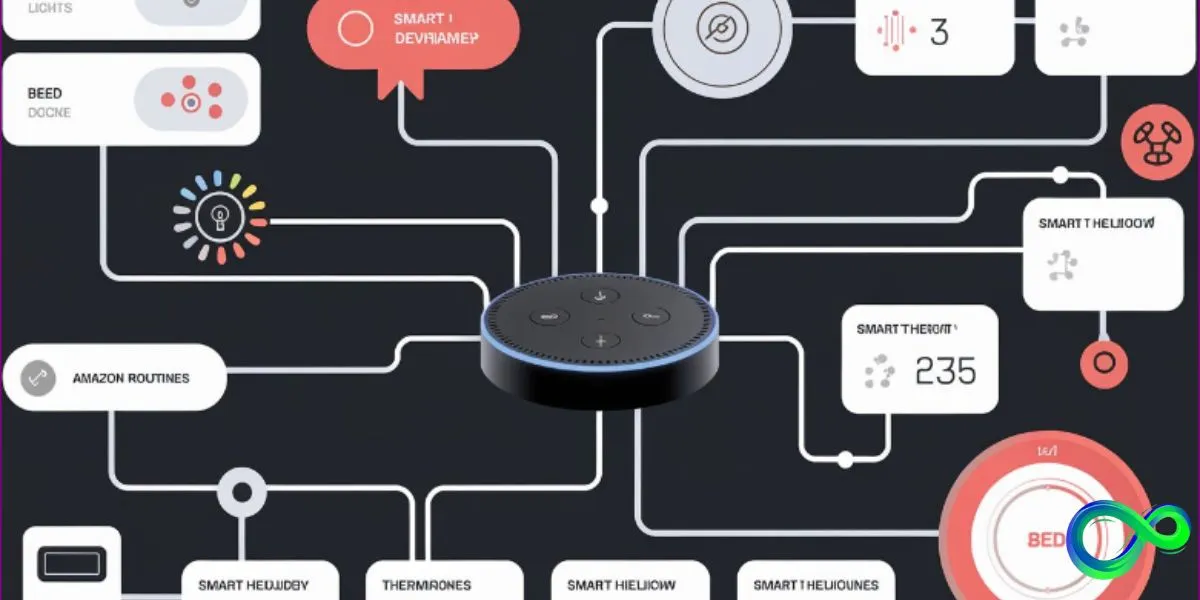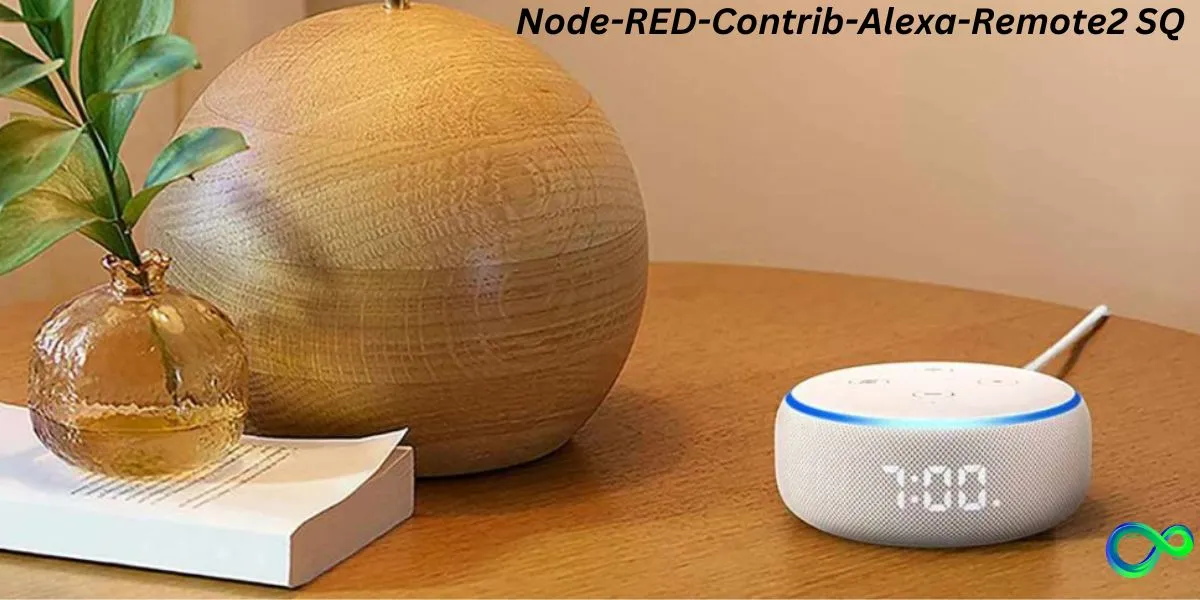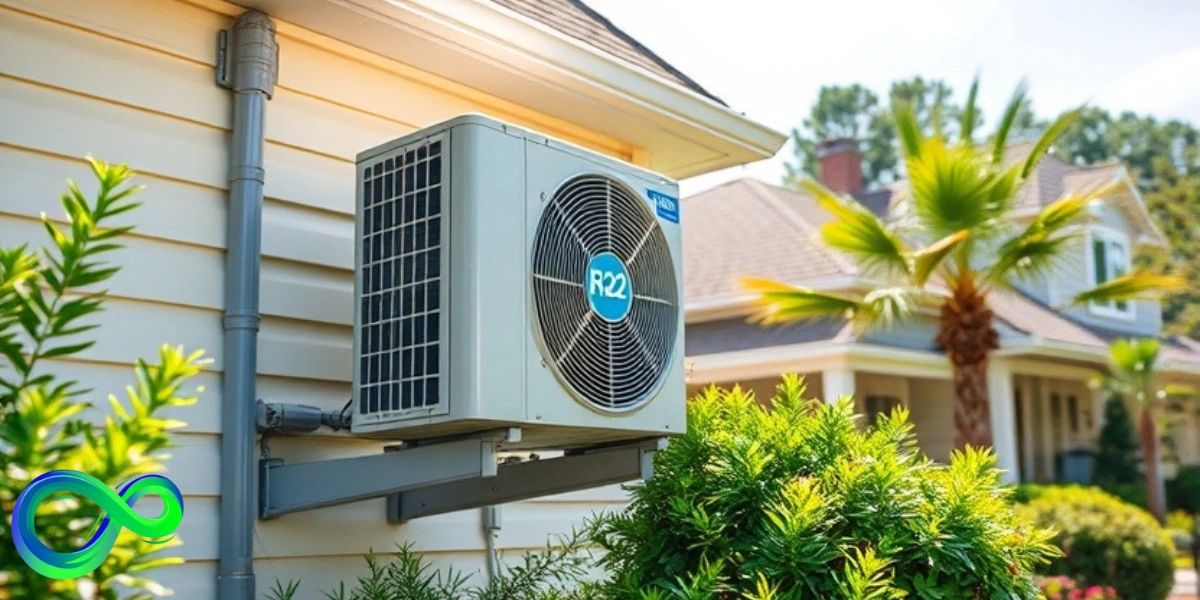Node-RED-Contrib-Alexa-Remote2 SQ: A Comprehensive Guide
Anyone wishing to pair their Alexa-powered devices with Node-RED, a potent flow-based design tool for visual programming, needs the node-red-contrib-alexa-remote2 box. Node-RED-Contrib-Alexa-Remote2 SQ provides a seamless integration between Amazon Alexa and Node-RED for advanced automation.
By allowing users to link directly with the Vocal API, this group of nodes opens up a wide range of options, like the ability to manage smart devices, mimic Alexa actions, check device statuses, and more Node-red-contrib-alexa-remote2, which builds upon the basics of alexa-remote2, seeks to integrate all of its features into the Node-RED ecosystem, giving users with unrivaled control over their Alexa-enabled settings or smart homes.
Also read:

What is Node-RED-Contrib-Alexa-Remote2 SQ?
Simply put, node-red-contrib-alexa-remote2 sq is a set of nodes created especially for Node-RED to interact with the Alexa API on Amazon. With these Alexa-specific nodes, Node-RED—which is well-known for being simple when developing event-driven automation—becomes much more potent.
Users may operate Alexa-enabled devices like lighting, radiators, and speakers, imitate Alexa’s everyday actions, and even query for information like device status and notifications.
The Alexa package serves as a basis for Node-Red SQL. This package is a JavaScript library that enables remote access to Alexa’s cloud-based features. It is simpler to combine Alexa routine with other smart devices or systems thanks to the node-red sq nodes, which quickly provide Alexa’s functionality via a drag-and-drop interface in Node-RED.
Key Features of Node-RED-Contrib-Alexa-Remote2 SQ
The flexibility of node-red-contrib-alexa-remote2 sq is one of its finest qualities. By simulating Alexa’s normal actions, users can create and oversee routines that might not even be present in the Alexa app. Because of this, the set of nodes is very strong for users who wish to create highly customized smart home settings.
The adaptability of node-red-contrib-alexa-remote2 sq is one of its finest qualities. By simulating Alexa’s normal actions, users can create and oversee routines that might not even be present in the Alexa app. Because of this, the set of nodes is very strong for users who wish to create highly personalized smart home settings.
It also makes querying your devices simple. Users may see what music is on on a smart speaker, if a light is on or off, or whether specific notifications have been gave by checking the status of their Alexa devices.
Node-red-contrib-alexa-remote2 sq’s querying capabilities are useful for automating procedures that rely on up-to-date data from Alexa’s network.
1. Emulating Alexa Routines
The ability of node-red-contrib-alexa-remote2 sq to mimic Alexa’s actions is one of its most notable qualities. Alexa routines are series of events that take place in response to a trigger, like a voice command or a time limit. Although it allows for far more flexibility than the normal Alexa app, its users may imitate similar features.
For example, when you say, “Alexa, I’m home,” you want your lights to switch on, your thermostat to change, and a particular playlist to play. This routine can be created with node-red-contrib-alexa-remote2 sq. However, Alexa routines can be integrated with other digital devices or systems because to its tight connection with Node-RED.
For instance, this procedure may also deactivate the security system, switch on the coffee maker, or send a message to your phone. It is a very useful tool for smart home fans because of its high degree of user customization. The ability to mimic and modify Alexa routines opens up countless options, whether you’re controlling a single item or your entire home.
2. Control Alexa-Enabled Devices
Another key feature is the ability to control Alexa-enabled devices. This can range from simple actions like turning lights on and off, adjusting the thermostat, or managing smart speakers. By utilizing these nodes within Node-RED, you can automate these actions based on conditions or external triggers.
This feature also allows you to incorporate voice control commands and integrate Alexa with other systems, such as home security or entertainment systems, making your entire environment more cohesive.
3. Query Device Statuses
With node-red-contrib-alexa-remote2 SQ, users can query the status of their Alexa devices in real-time. Whether you want to know if your lights are on, check if a speaker is playing music, or monitor notifications sent by Alexa, this feature provides you with valuable insights into the state of your devices.
Real-time queries can be particularly useful for automating actions based on device status, such as adjusting the temperature when a window is open or triggering a security system if a door is unlocked.
4. Integration with Other Node-RED Nodes
Since Node-RED supports integration with a wide variety of devices and services, node-red-contrib-alexa-remote2 SQ can interact with these other systems as well. You can combine Alexa devices and routines with other smart technologies, such as home security, lighting control, and even external APIs, to create powerful automation workflows.
5. Cross-Platform Compatibility
Node-RED is compatible with various devices and operating systems, and the Alexa-remote2 SQ nodes extend this compatibility. Whether you’re using a Raspberry Pi, a local server, or cloud-based services, these nodes can help bring Alexa’s features to a variety of platforms.

How to Set Up Node-RED-Contrib-Alexa-Remote2 SQ?
Although some knowledge of both Node-RED and the Alexa ecosystem is necessary, installing node-red-contrib-alexa-remote2 sq is quite simple. Users must first confirm that Node-RED is set up on their computer. Node-RED’s palette manager can be used to install it once it’s running.
Set up its nodes to communicate with your Alexa account is the next step. Usually, in order to connect your Alexa devices, authentication using Amazon’s API is required. After login, you can start utilizing the nodes to link Alexa with other Node-RED devices or services, manage and search your Alexa devices, and develop custom routines.
When it could take some time to set up first, the advantages of fully controlling your Alexa devices from Node-RED make the effort worthwhile. Because node-red-contrib-alexa-remote2 sq’s nodes are so adaptable, users may optimize their computerized processes down to the last detail.
Step 1: Install Node-RED
First, ensure that Node-RED is installed on your system. You can install it on various platforms like Windows, macOS, or Linux. For Raspberry Pi users, Node-RED comes pre-installed.
Step 2: Install Node-RED-Contrib-Alexa-Remote2 SQ
Once Node-RED is up and running, navigate to the Node-RED palette manager. Search for node-red-contrib-alexa-remote2 SQ and click Install. This will add the Alexa nodes to your palette.
Step 3: Configure Alexa Account
After installation, you will need to authenticate your Alexa account through Amazon’s API. This process involves creating an Amazon Developer Account and granting permissions to access your Alexa devices.
Once authenticated, Node-RED will be able to communicate with your Alexa devices and integrate them into your flows.
Step 4: Build Flows and Routines
With the nodes installed and your Alexa account connected, you can start building automation flows. You can create custom routines, integrate voice control, or link Alexa devices to other smart systems. The drag-and-drop interface of Node-RED makes it easy to design complex workflows.
Use Cases for Node-RED-Contrib-Alexa-Remote2 SQ
Depending on how fully you wish to include Alexa into your intelligent environment, the use possibilities for node-red-contrib-alexa-remote2 sq truly endless. Streamlining energy-saving practices is one common application.
In a smart home, for instance, users may use voice commands or other sensor data to control the climate and switch off lights before they leave the house.
Entertainment is a popular use case as well. Users can create custom entertainment routines by connecting Alexa to various media devices with Node-red sq. A single spoken instruction might switch on the TV, dim the lights, and play a favorite playlist because of node-red sq’s smooth integration.
It may simplify office settings for businesses. Custom Alexa routines utilizing node-red-contrib-alexa-remote2 sq can be used to perform tasks like controlling meeting lighting, playing background music, or even interacting with security systems.
1. Smart Home Automation
At home, this tool can automate everyday tasks. For example, you can set it up to automatically turn off the lights and lower the thermostat when you leave the house, all based on voice commands or sensors that detect your absence.
2. Energy Efficiency
For environmentally-conscious users, the integration can help reduce energy consumption by automating energy-saving routines. You could set the system to turn off unused devices or lower energy-consuming devices like air conditioning when nobody is home.
3. Entertainment Automation
If you’re an entertainment enthusiast, node-red-contrib-alexa-remote2 SQ can enhance your experience. You can set up routines that dim the lights, turn on the TV, and start a playlist with a single voice command or a scheduled trigger.
4. Business Environments
In the office, this tool can help control lighting, set up conference room schedules, or even integrate with security systems. Custom routines can be built to automate everyday office tasks, making the workplace more efficient.

Conclusion: Node-RED-Contrib-Alexa-Remote2 SQ
If you want to pair Amazon Alexa with Node-RED, the node-red-contrib-alexa-remote2 sq set of nodes offers amazing capability. Node-red-contrib-alexa-remote2 sq enables numerous options for home automation, including checking device statuses, controlling devices, and simulating Alexa routines.
This application can let you fully utilize Alexa’s capabilities, making it a crucial component of any Node-RED system, whether you’re automating basic activities or developing intricate routines.
FAQs: Node-RED-Contrib-Alexa-Remote2 SQ
Here are some FAQS about “Node-RED-Contrib-Alexa-Remote2 SQ”. Our team of experts is available 24/7 to answer any questions you may have.
1. What is the difference between Node-RED and node-red-contrib-alexa-remote2 SQ?
Node-RED acts as a flow-based programming tool that creates event-driven automation. Meanwhile, node-red-contrib-alexa-remote2 SQ offers a set of nodes specifically designed to integrate Amazon Alexa with Node-RED.
2. Can I use node-red-contrib-alexa-remote2 SQ without an Alexa account?
No, you will need an Alexa account to use node-red-contrib-alexa-remote2 SQ. The tool requires authentication to interact with your Alexa devices.
3. Is node-red-contrib-alexa-remote2 SQ compatible with all Alexa devices?
Yes, it is compatible with most Alexa-enabled devices, including smart lights, thermostats, and speakers.
4. Do I need any programming experience to use node-red-contrib-alexa-remote2 SQ?
No, you don’t need extensive programming knowledge. Node-RED’s drag-and-drop interface makes it accessible to users with basic programming knowledge.
5. Can I automate non-Alexa devices with node-red-contrib-alexa-remote2 SQ?
Yes, Node-RED supports integration with a wide variety of devices. Node-red-contrib-alexa-remote2 SQ handles Alexa-specific devices and combines with other Node-RED nodes to control non-Alexa devices.












One thought on “Node-RED-Contrib-Alexa-Remote2 SQ”